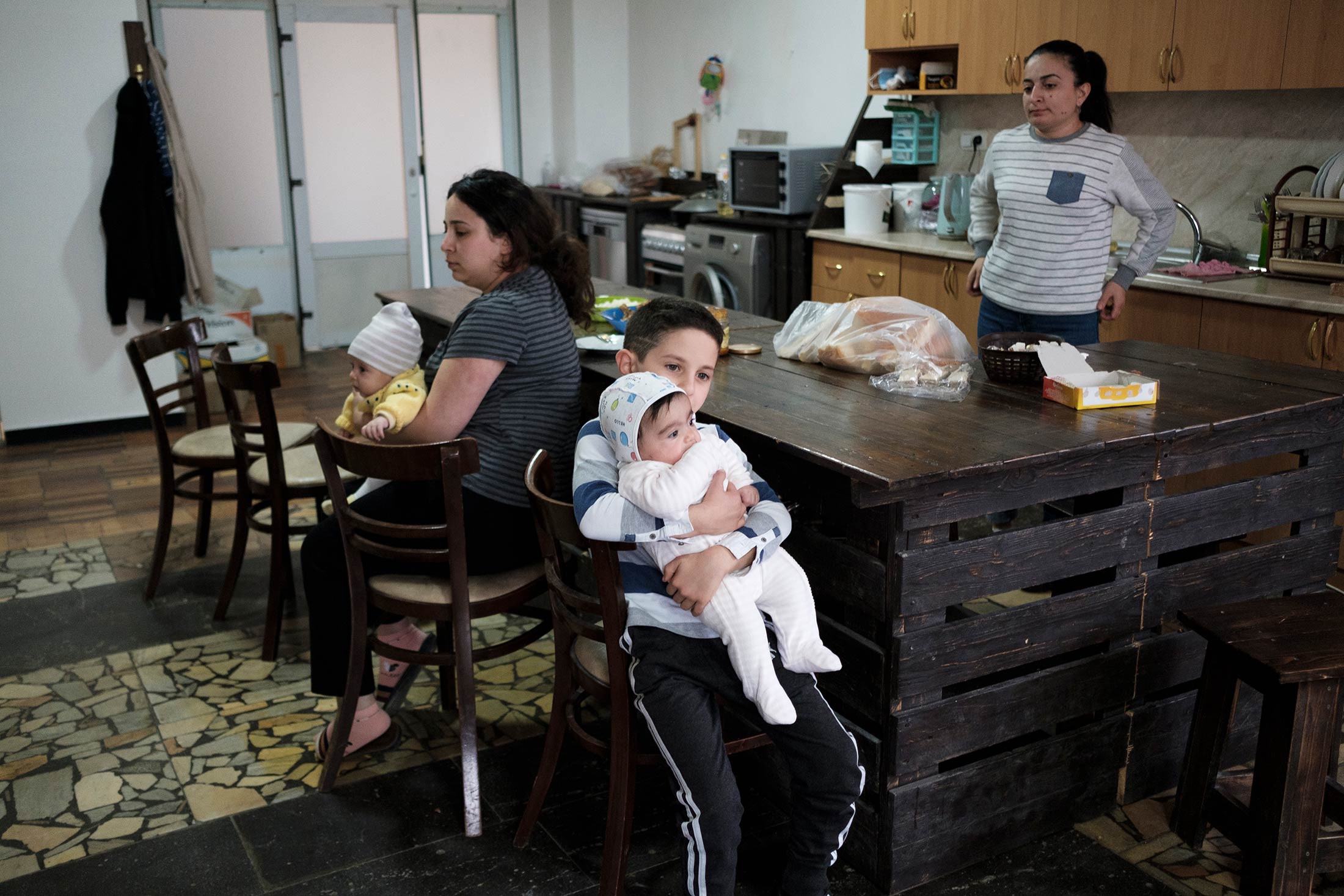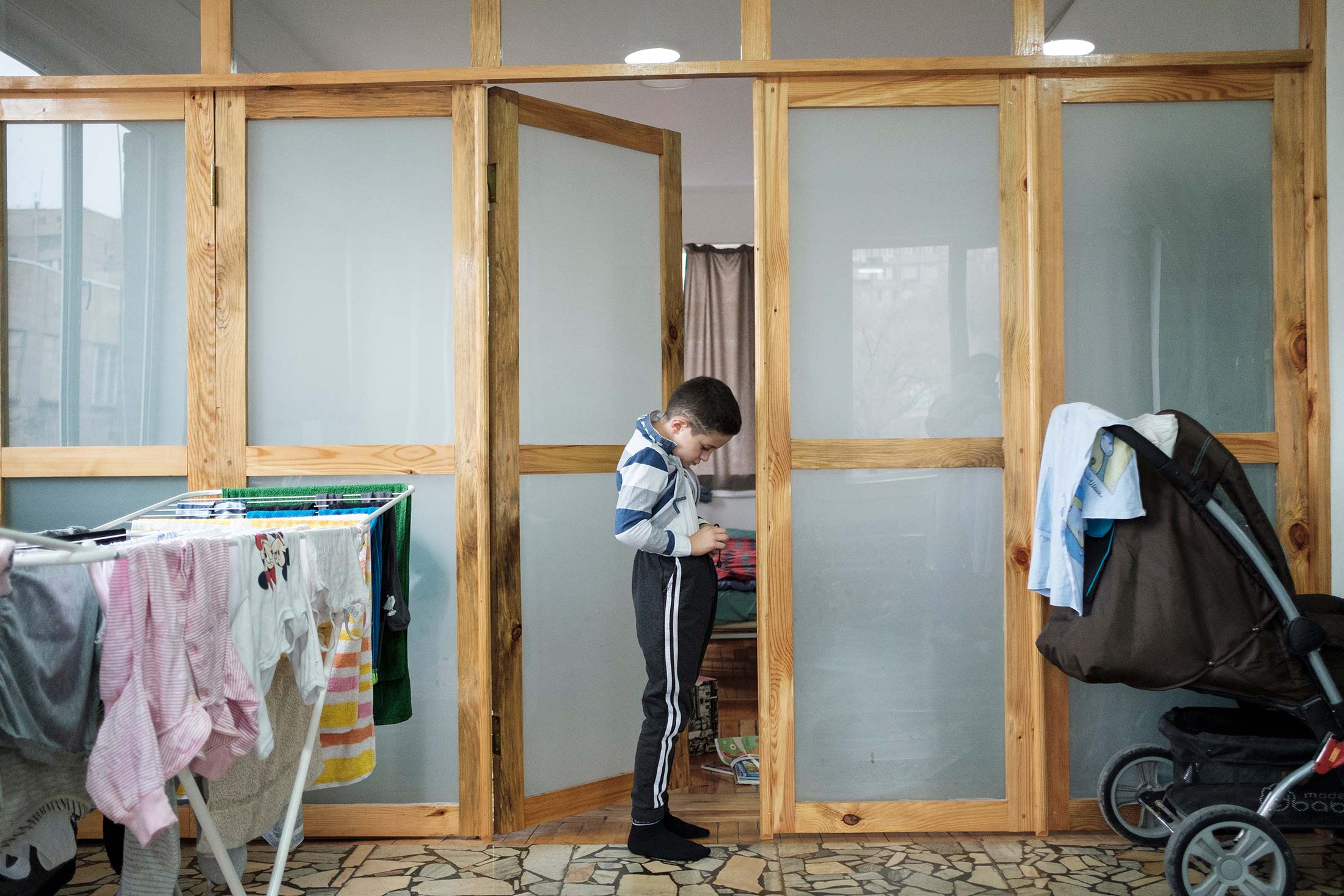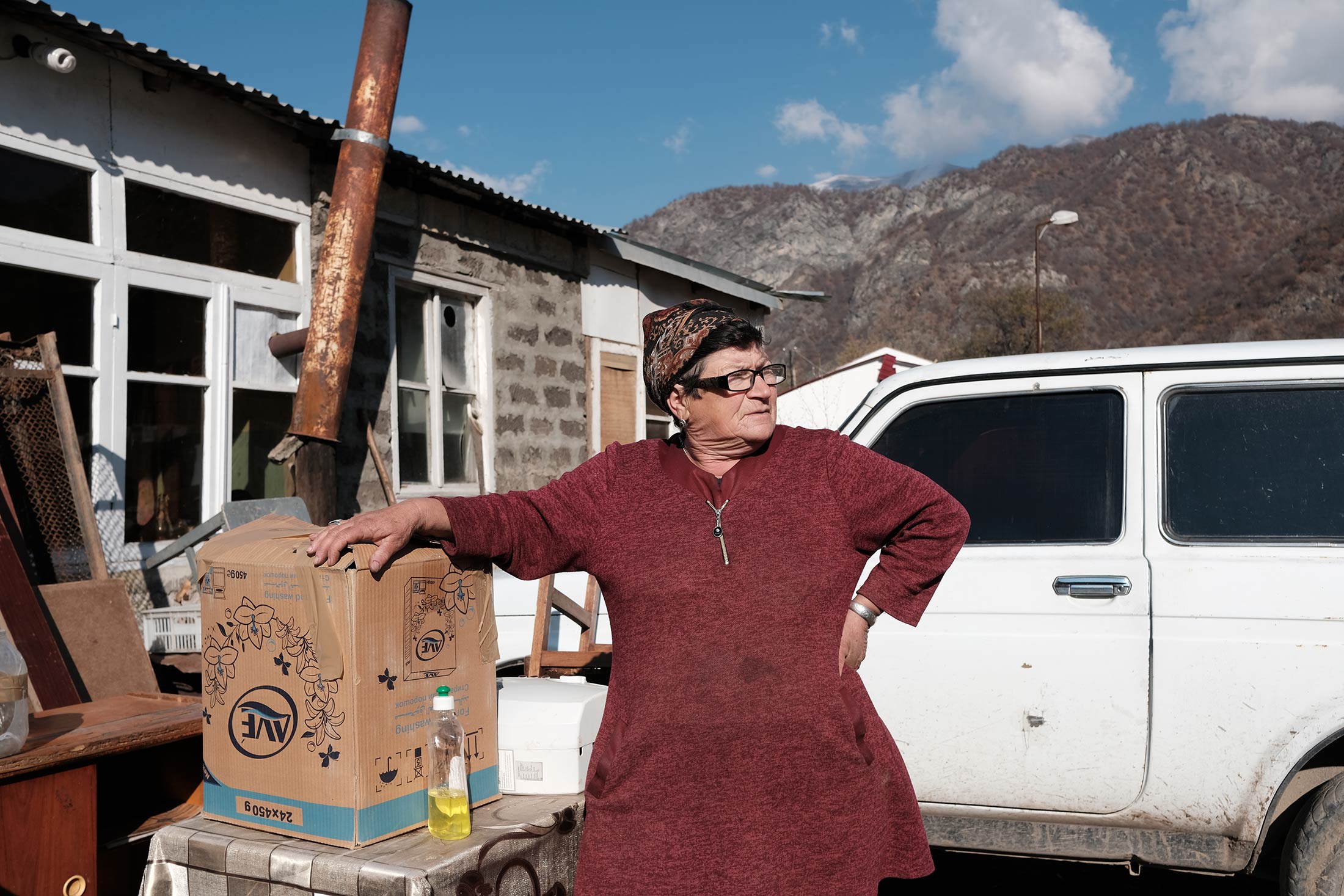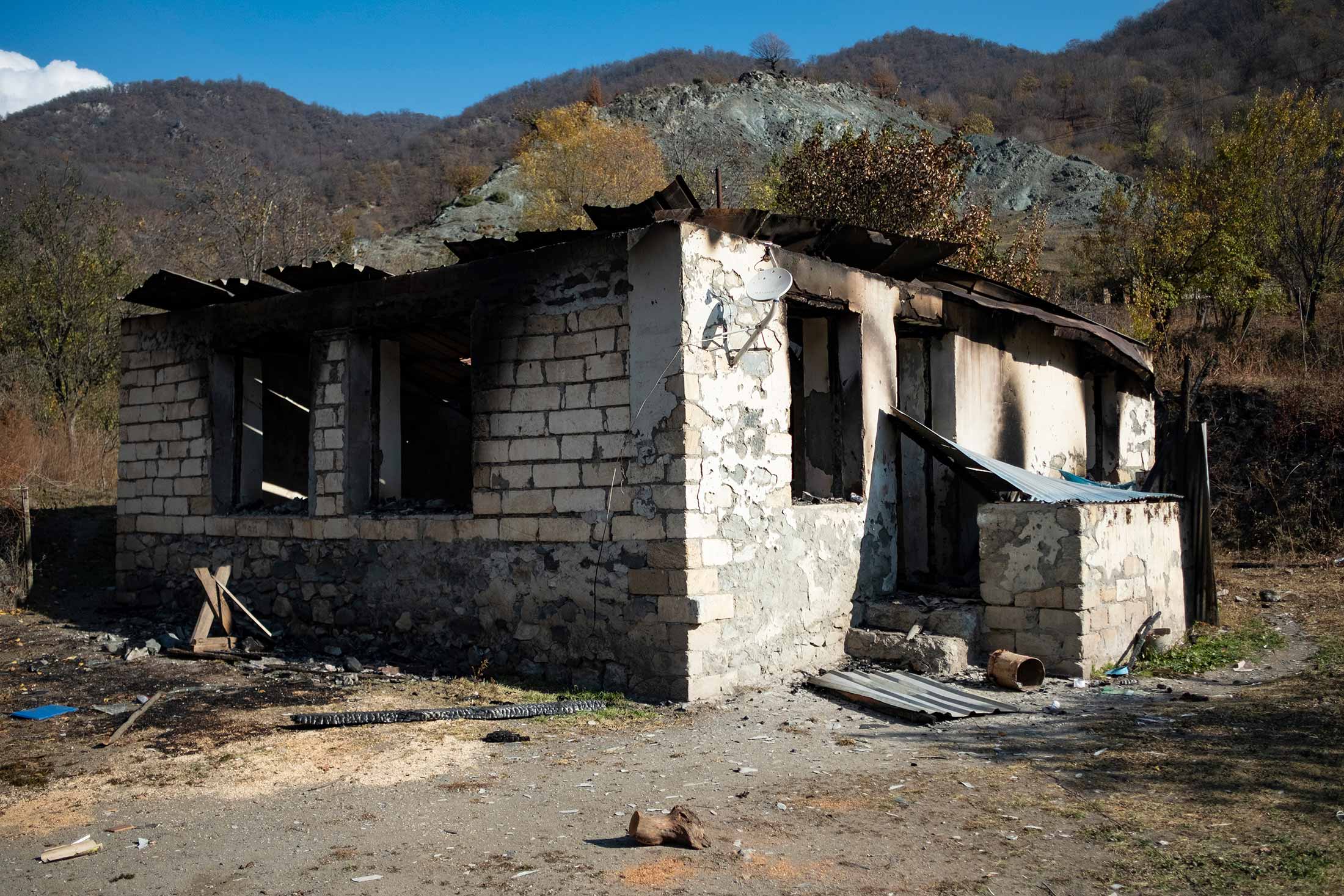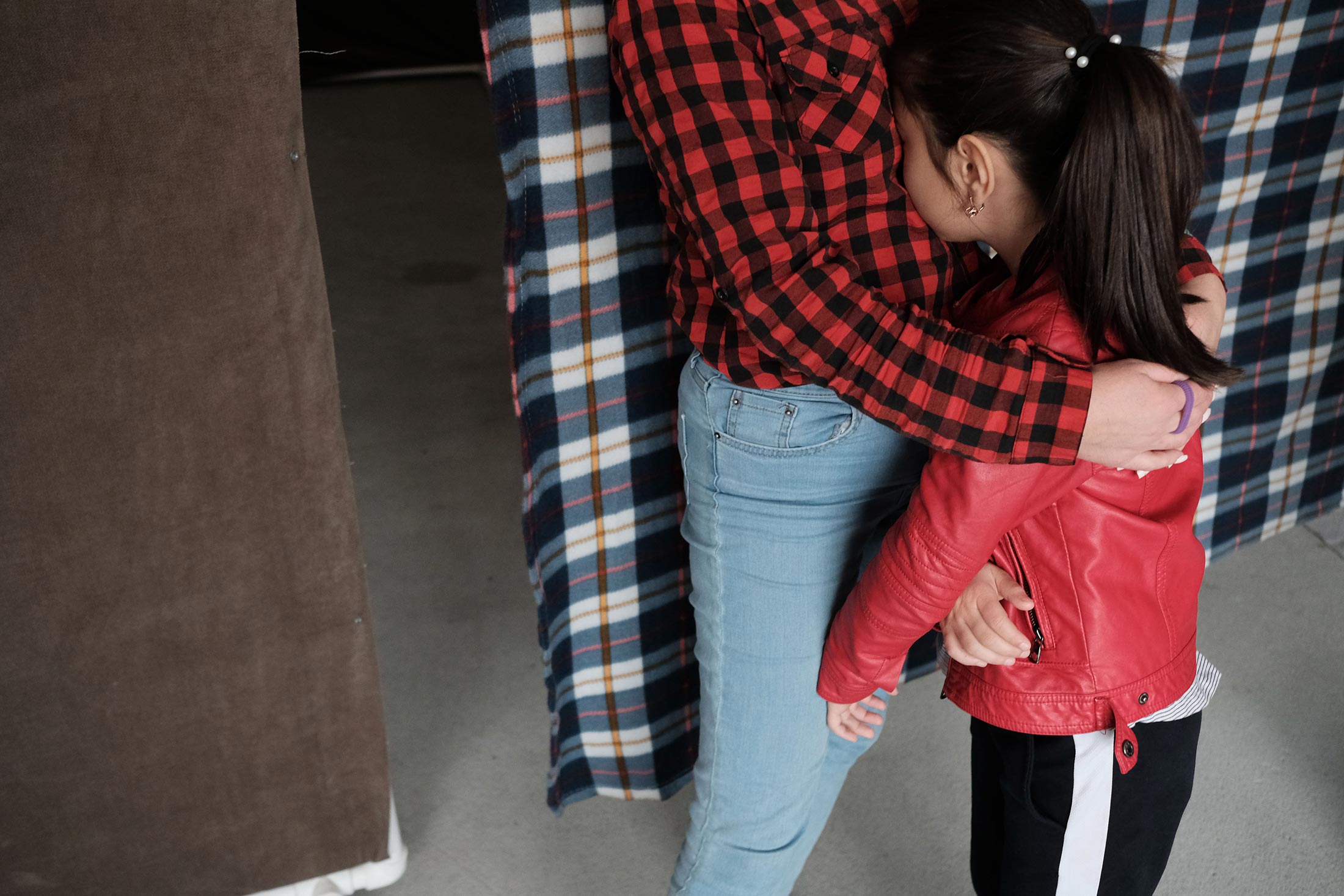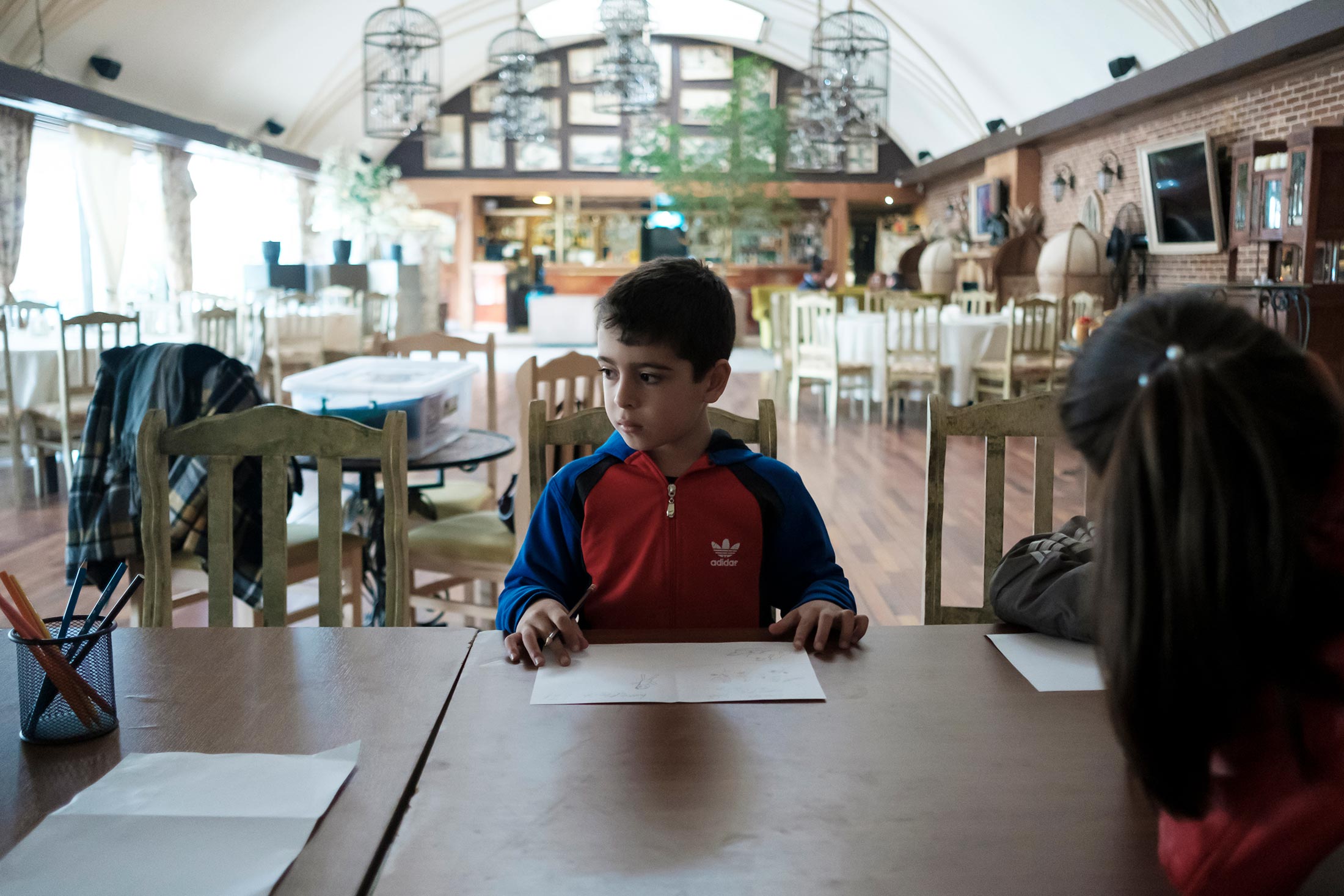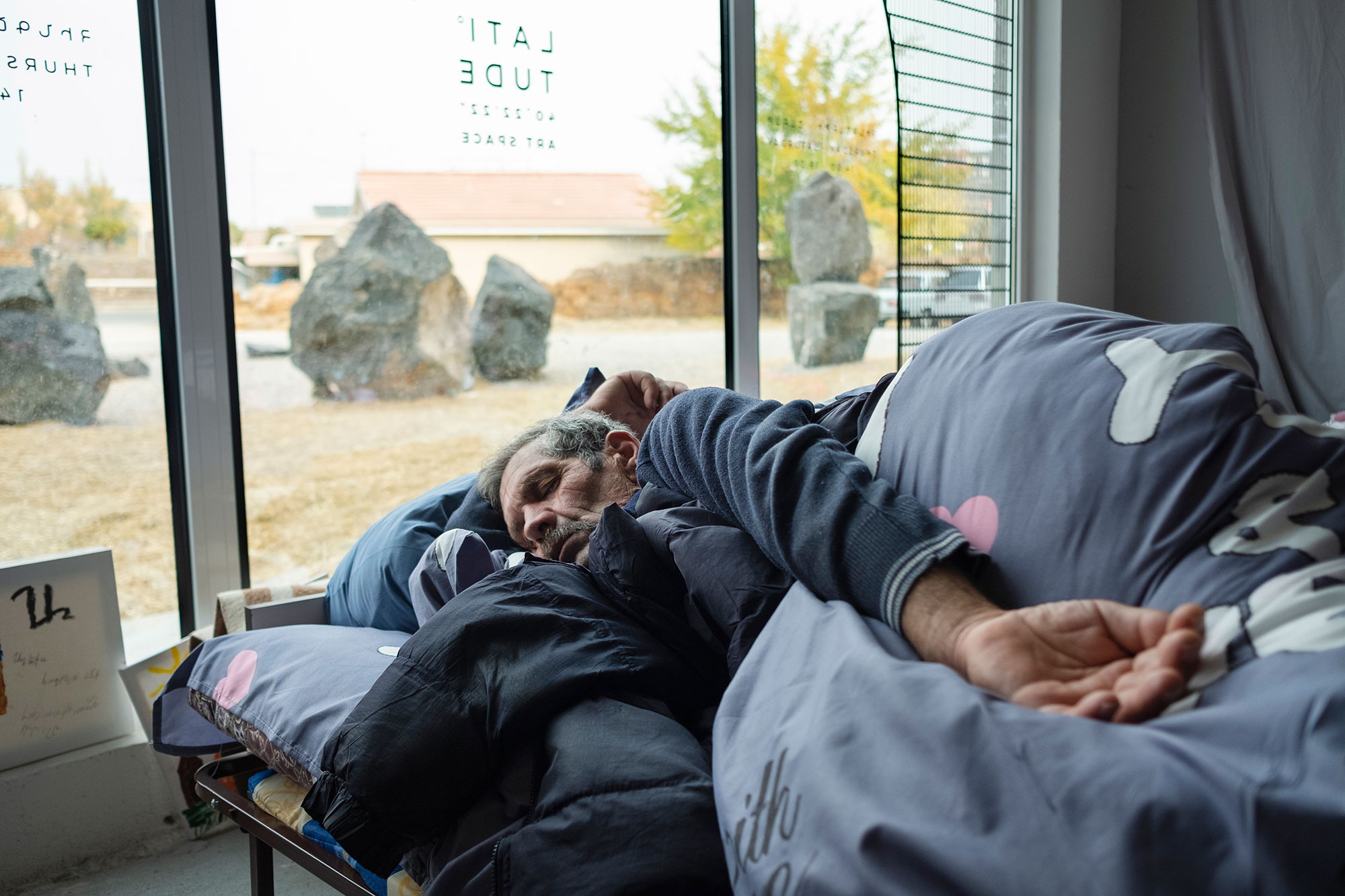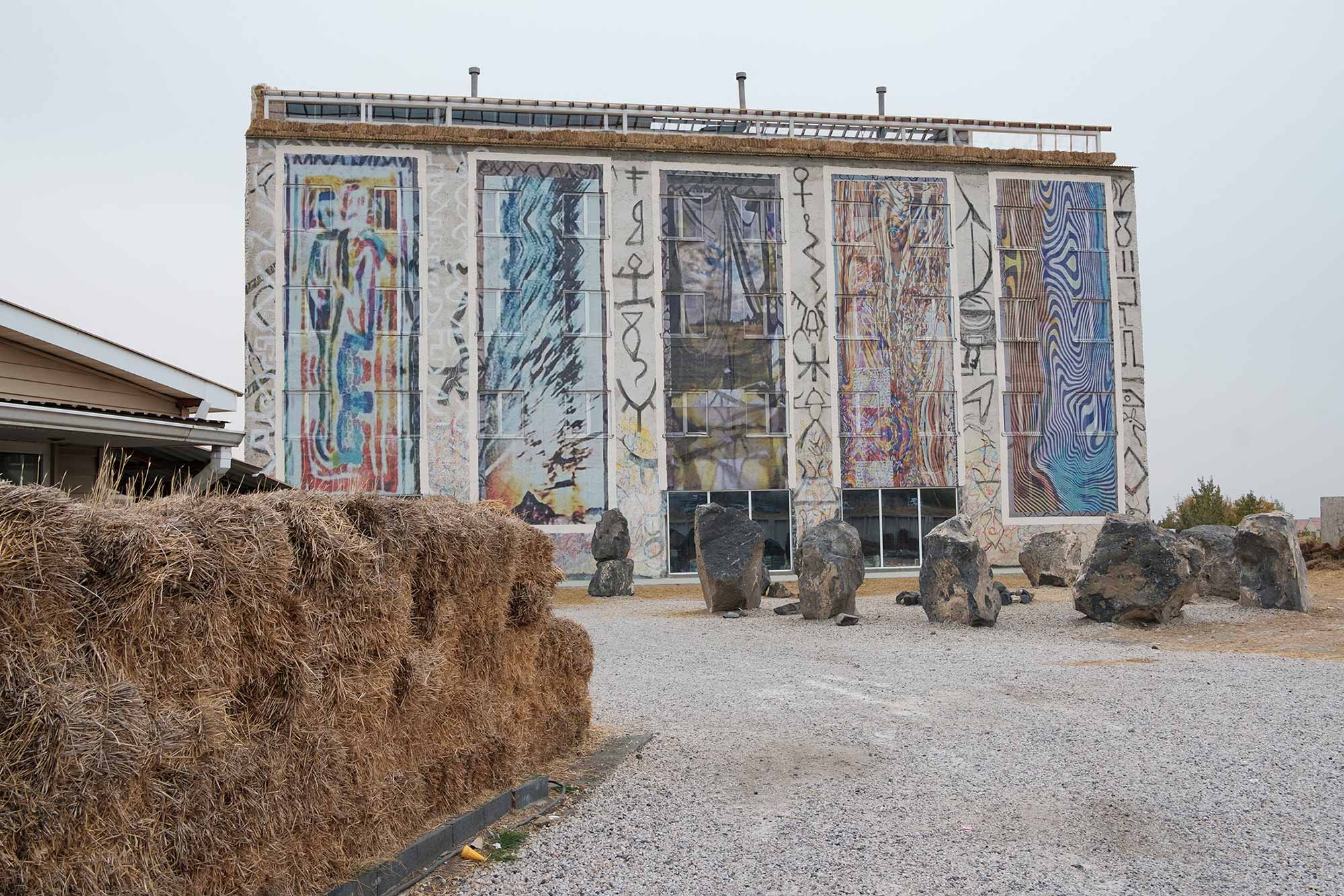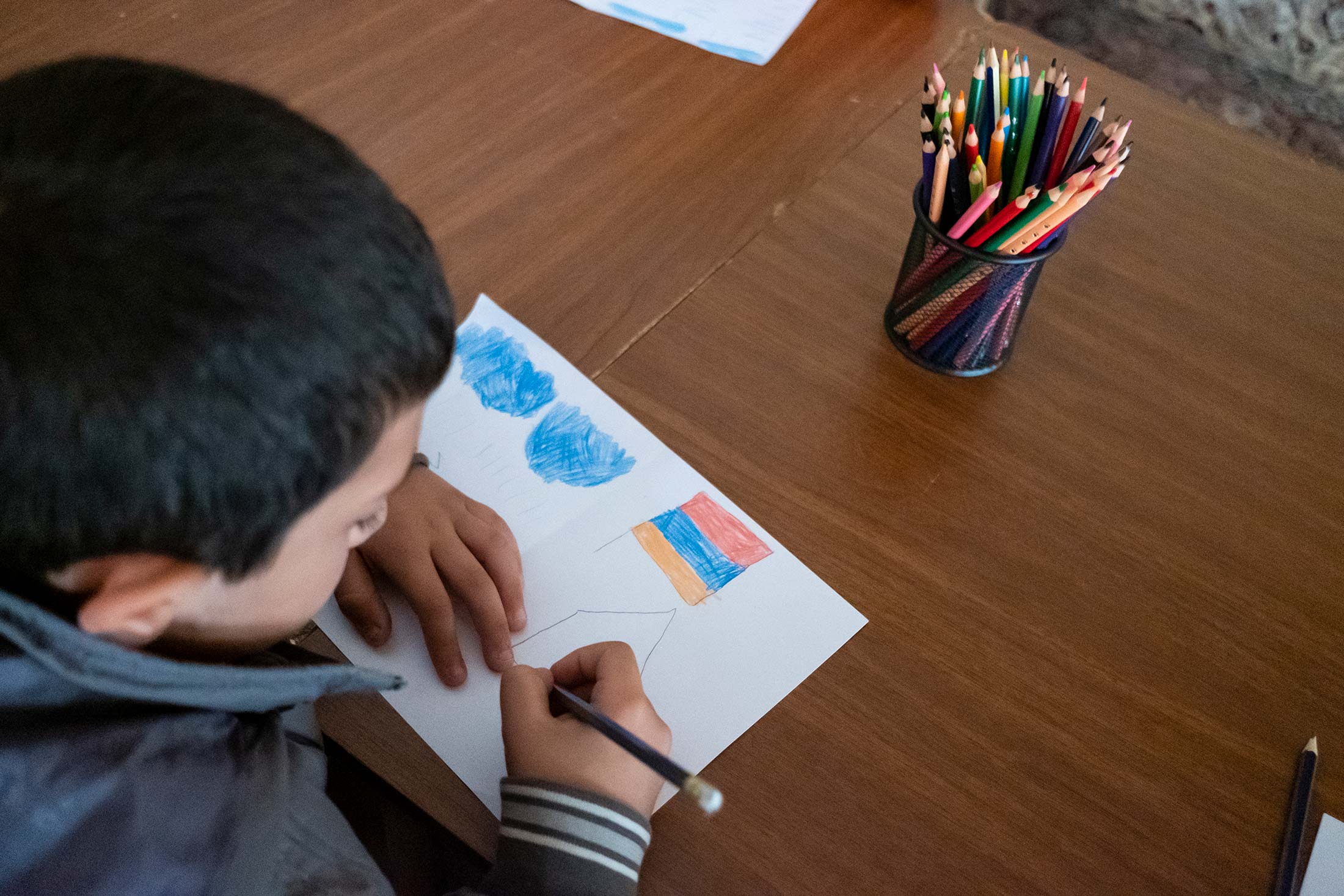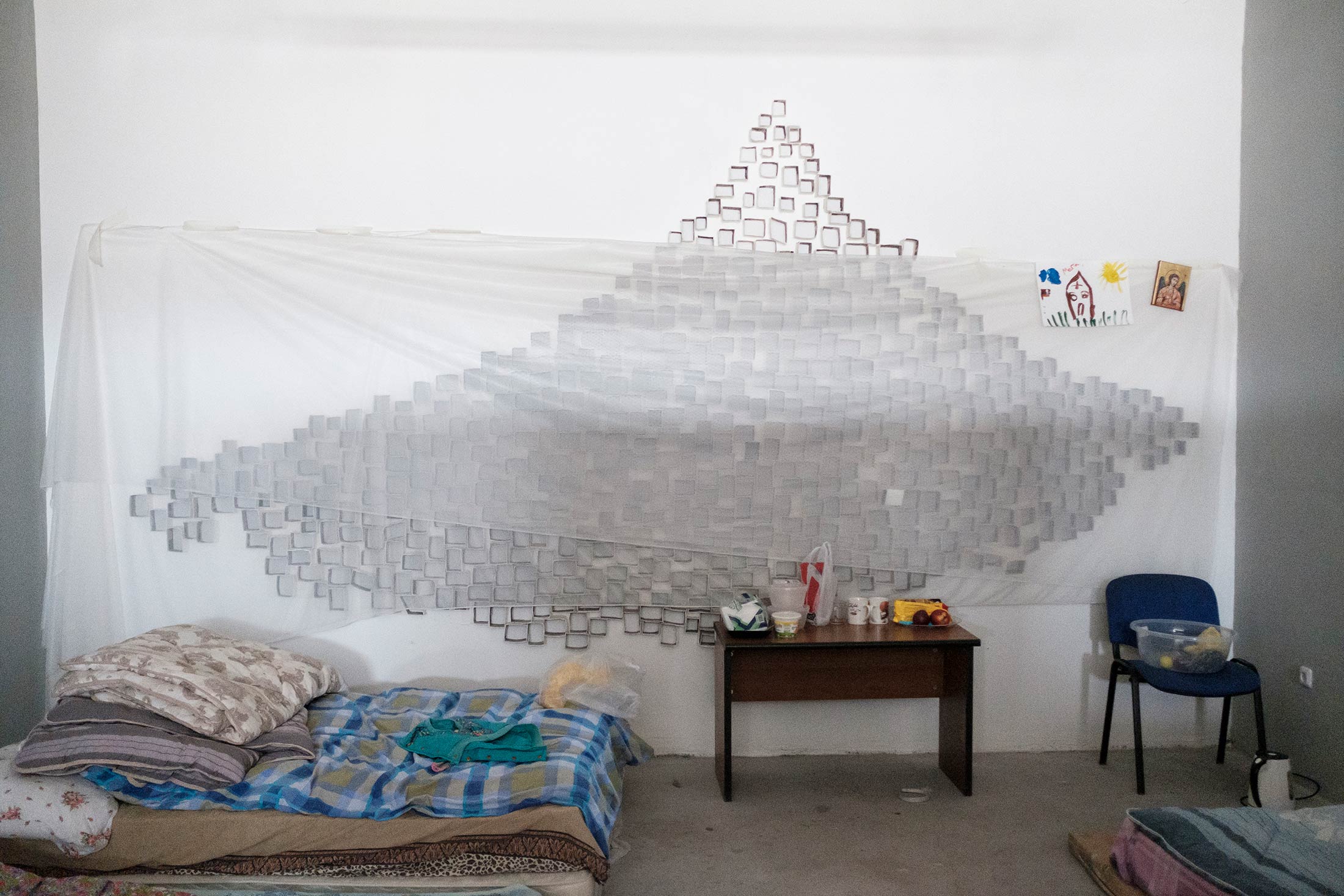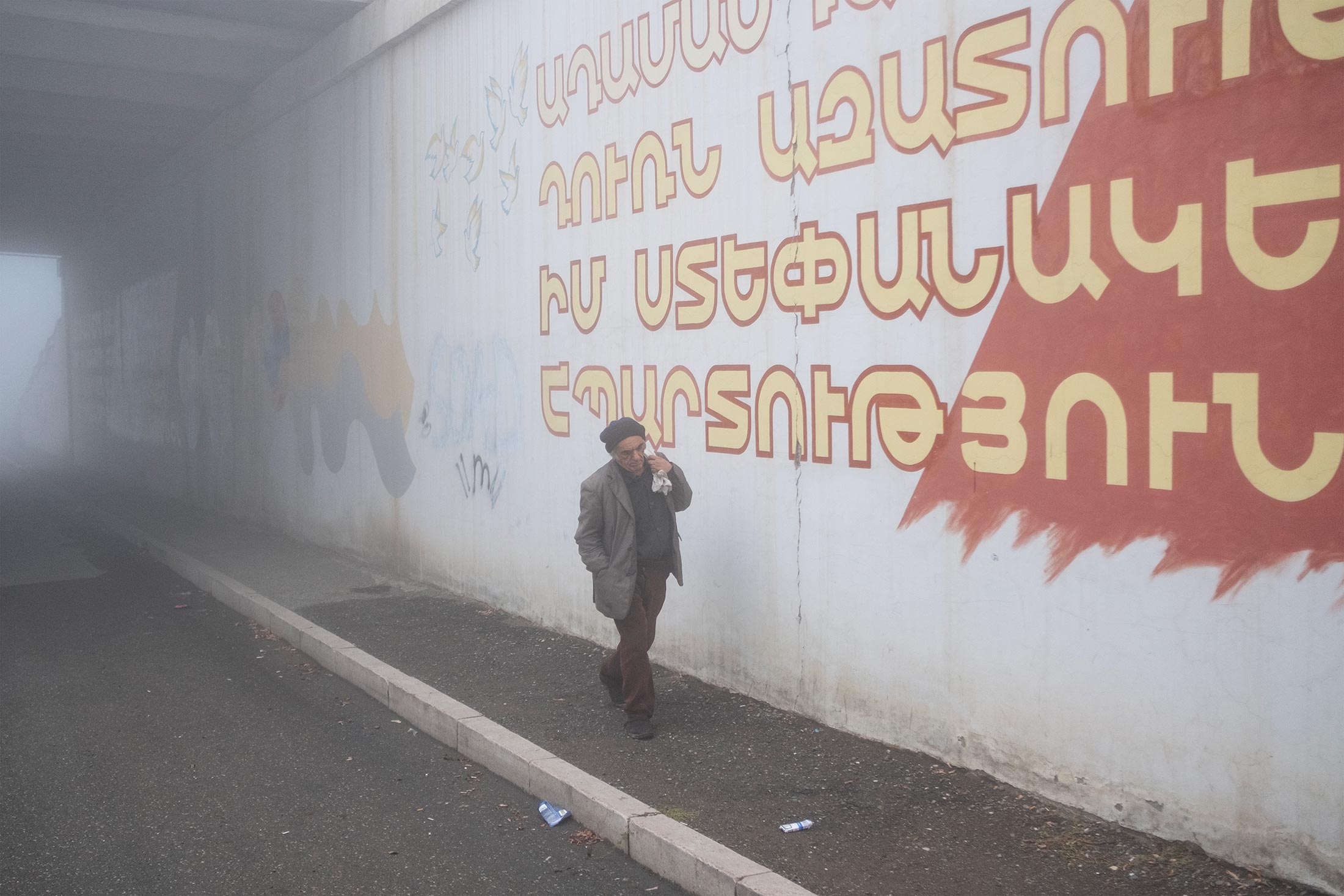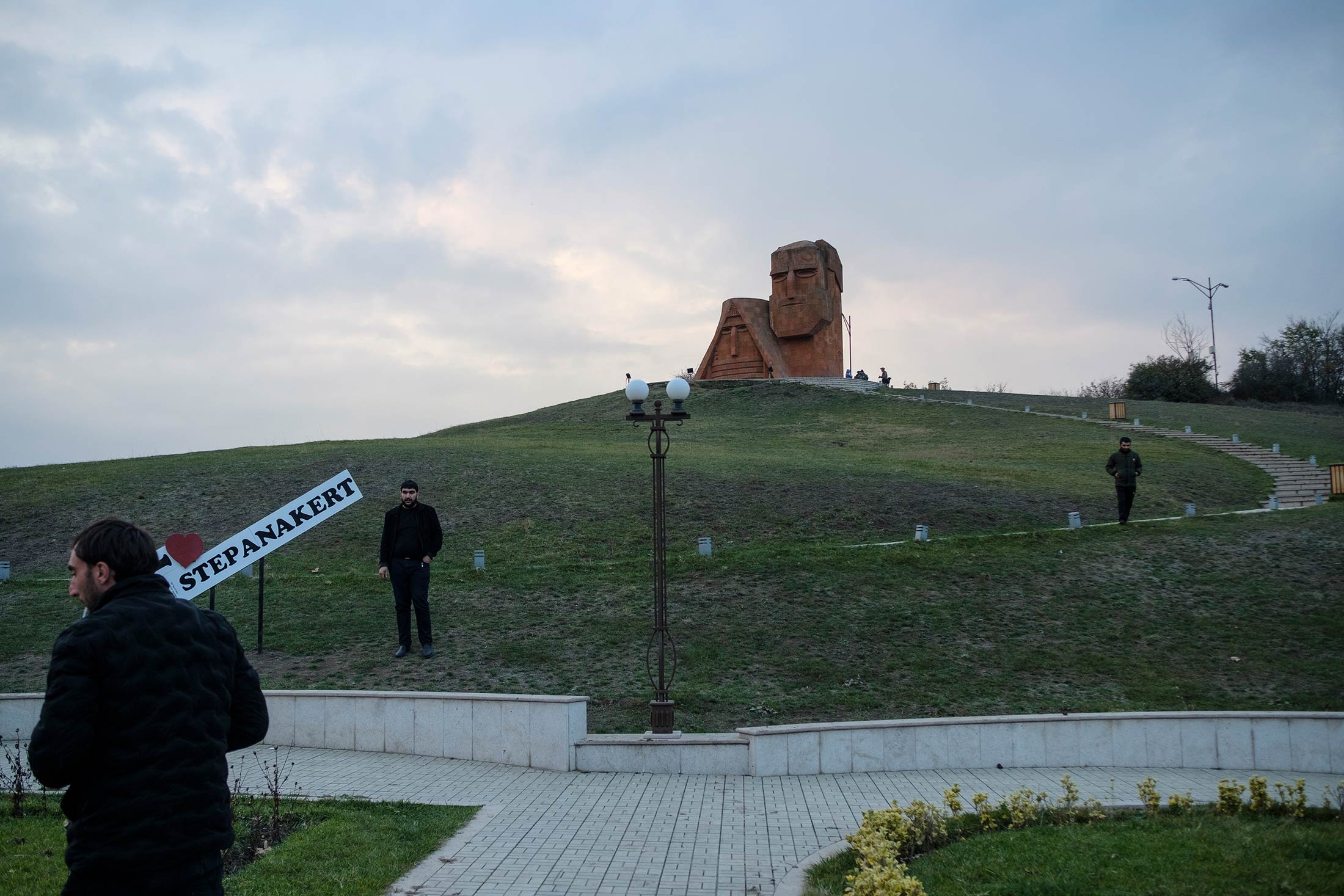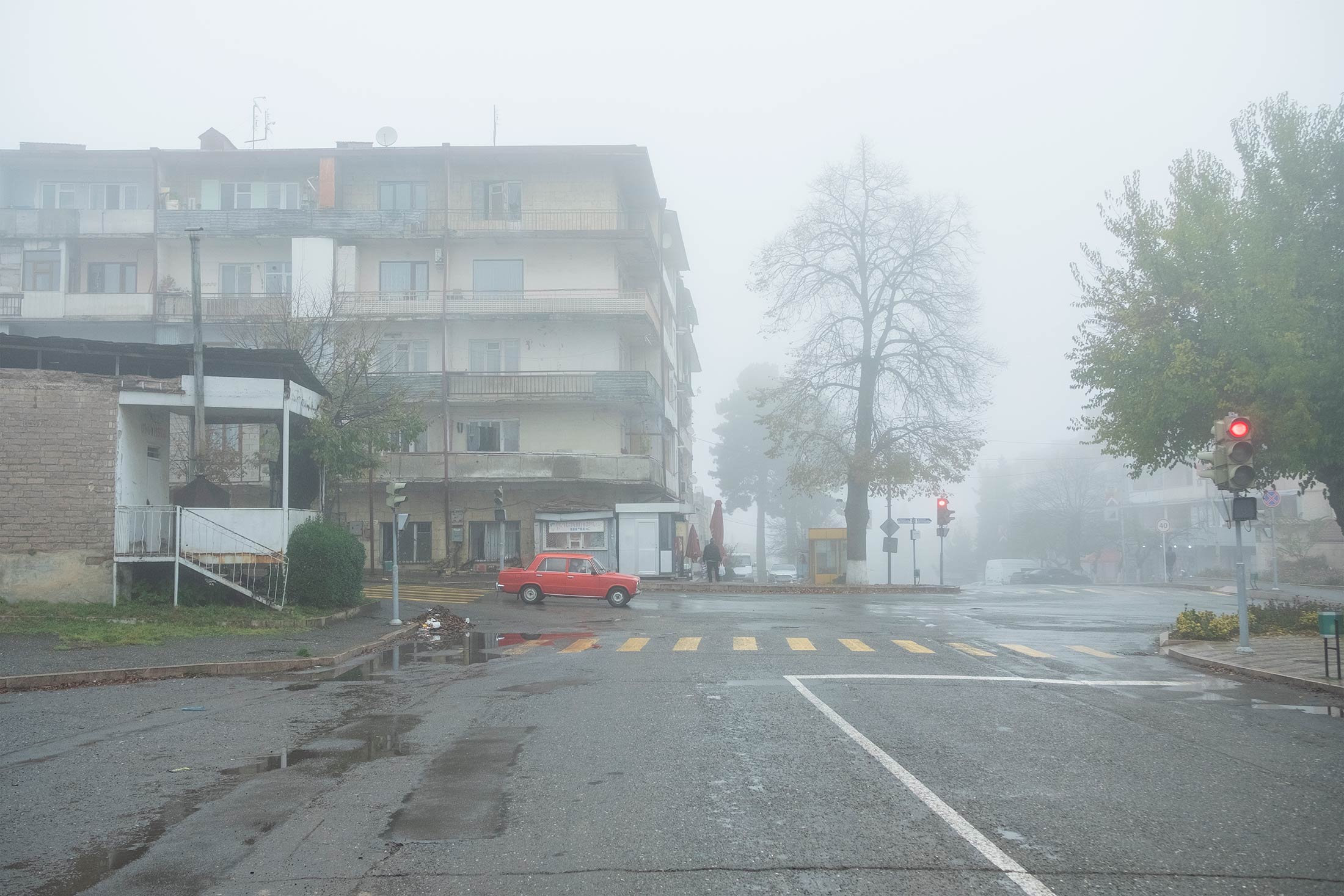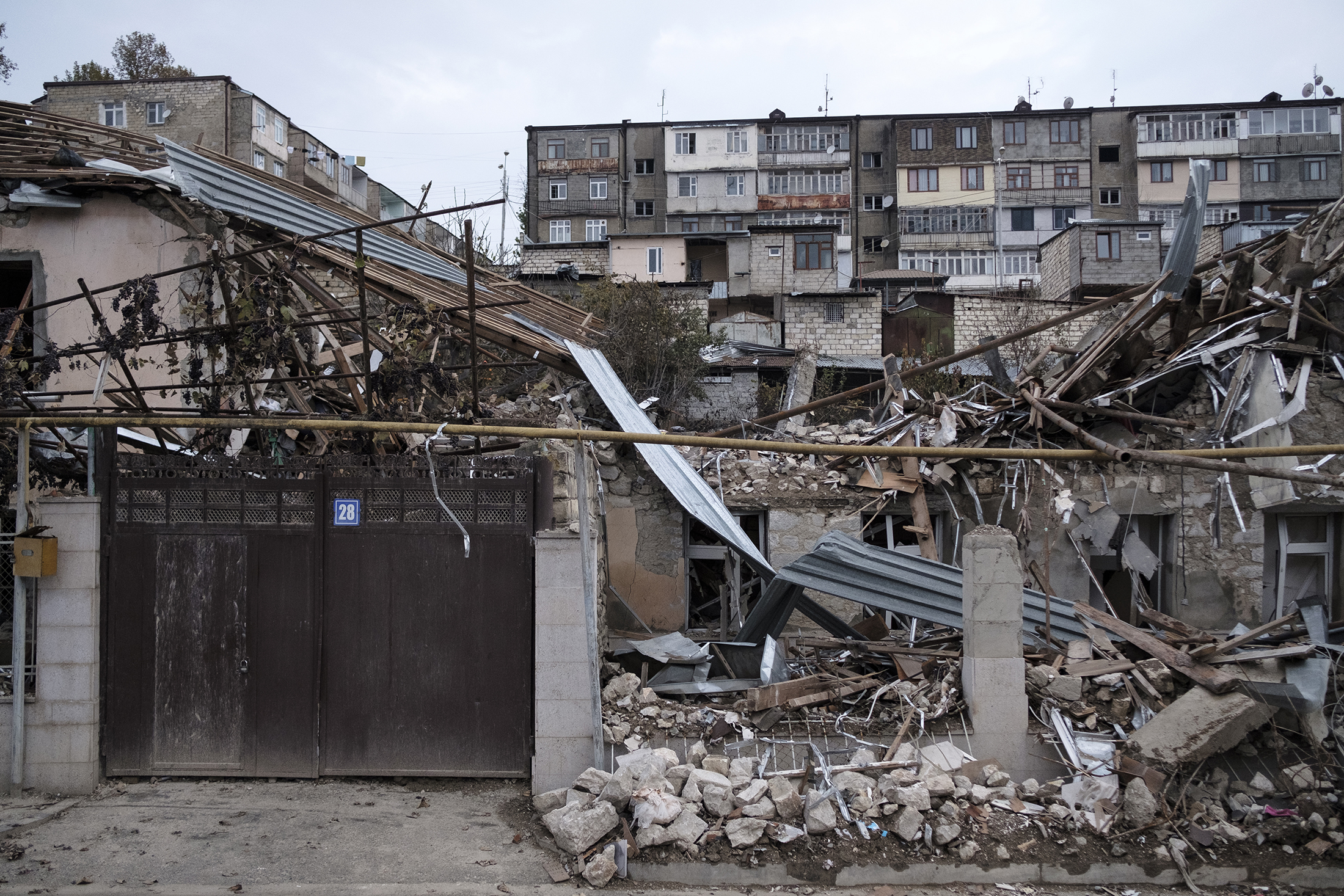At a makeshift shelter in the Armenian capital Yerevan, six-year-old Khristine is dressed, packed and ready to go home. She, along with her mother, sister, and brother fled Stepanakert, the capital of Nagorno-Karabakh (also known as Artsakh), after the war with Azerbaijan started on September 27.
Now that the fighting is over, she and her family—like thousands of others—are waiting for the chance to return to their old lives. But many Karabakh Armenians are facing an uncertain future after the communities they call home were ceded to Azerbaijan.
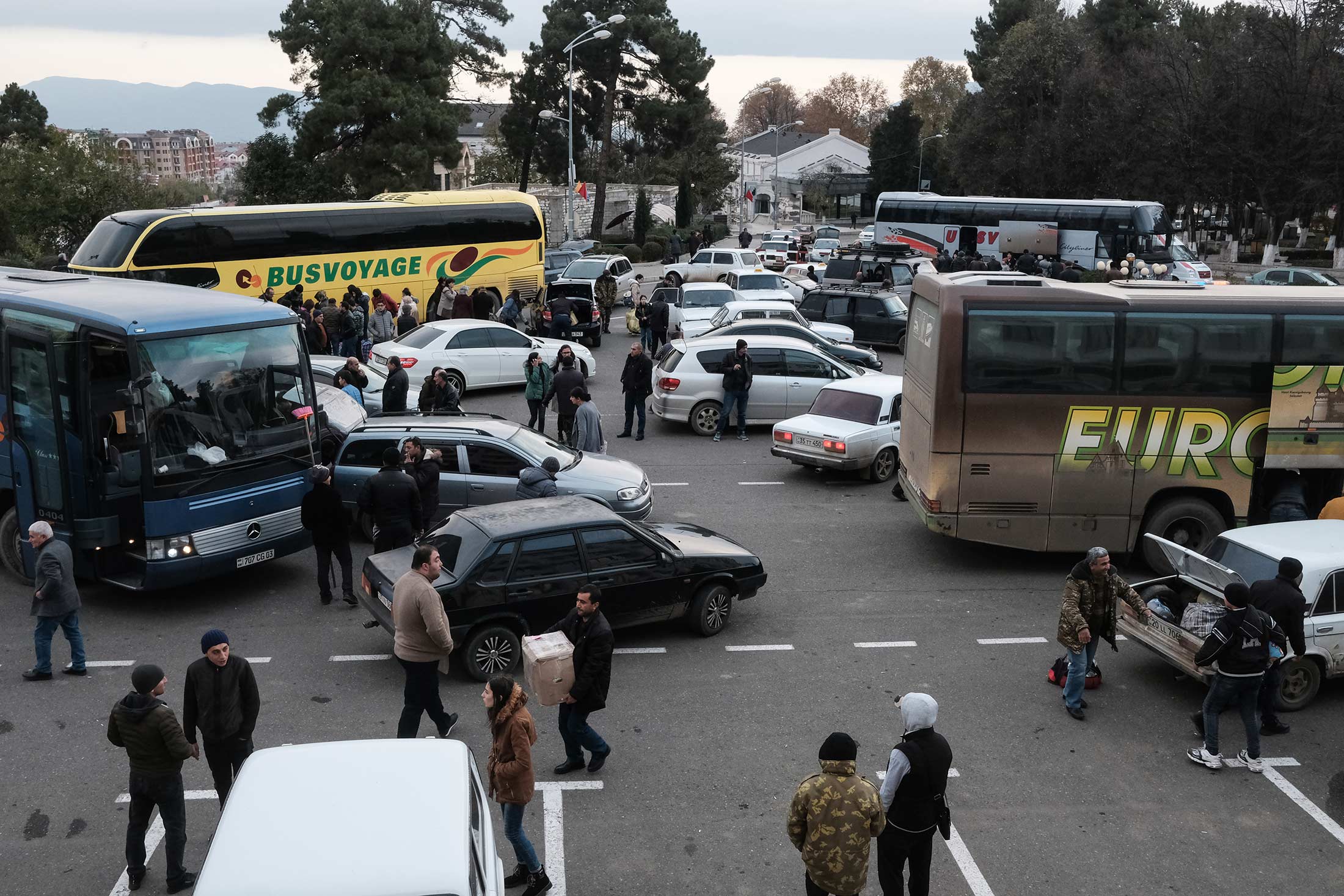
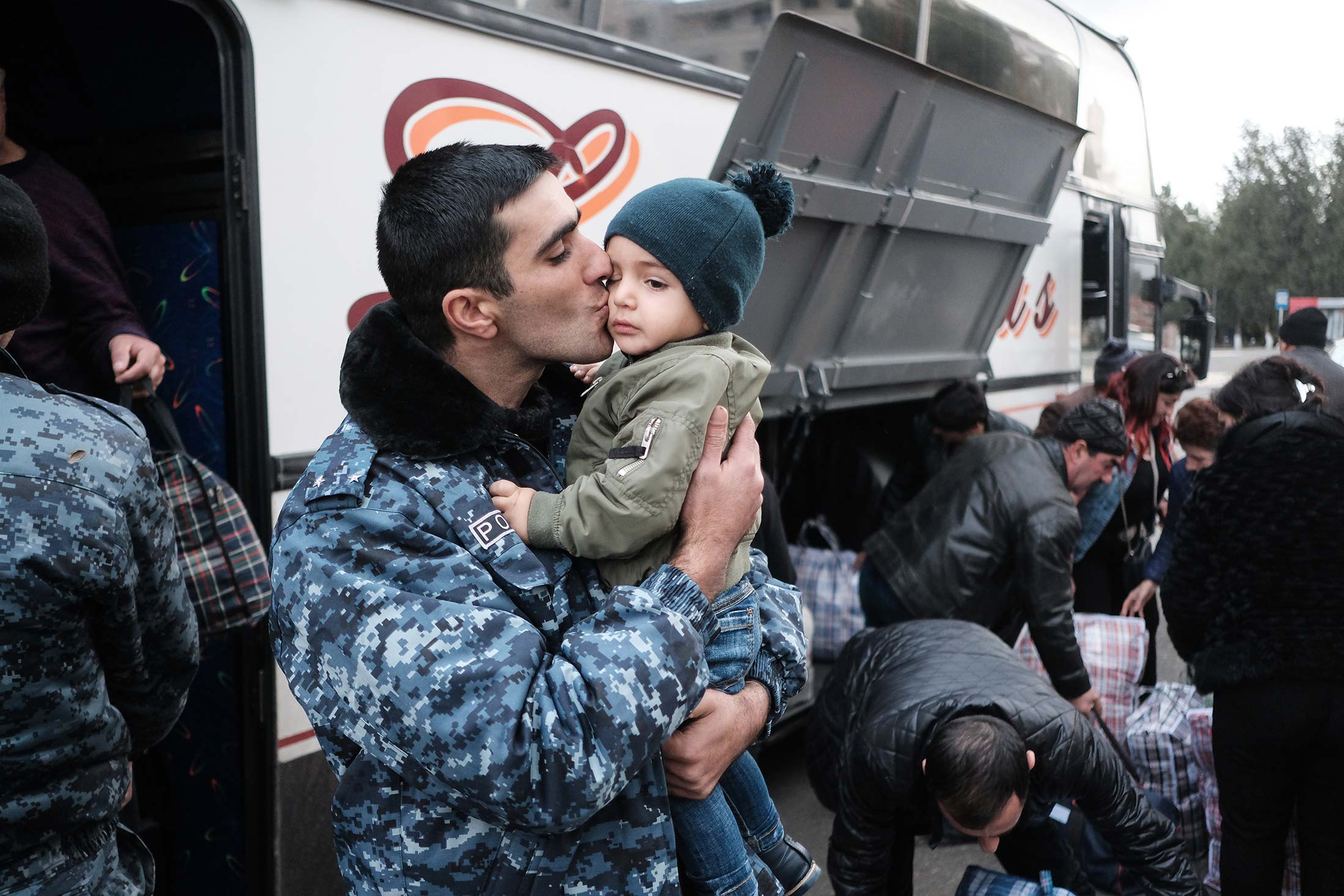


The November 9 Russian-brokered ceasefire agreement grants a wide swath of territory to Azerbaijan, including the seven regions that Armenian had held since the 1988-1994 war.
For the most part, ethnic Armenians living in those regions are expected to leave and settle elsewhere. While an estimated 100,000 of Karabakh’s approximately 150,000 residents fled to Armenia during the fighting, it is difficult to ascertain how many will be able to return home, or to another community in Karabakh, under the terms of the cease fire.
Armenian Prime Minister Nikol Pashinyan has vowed to “restore normal life in Artsakh” and his government has promised to pay every registered citizen of Karabakh who was forced to flee 68,000 Armenian drams (about $140). Those who lived in one of the districts ceded to Azerbaijan are set to receive 300,000 drams (about $600). Registration for the payments started on November 23; it is unclear how much additional help will be provided to people who lost their homes.
For the time being, many are sheltering in public and private spaces in Yerevan, like the Mkhitar Sebastaci educational complex, or trying to collect their belongings from their homes before the lands are transferred to Azerbaijan.
During a recent trip to (Karvachar) Kalbajar, one of the seven districts Armenian surrendered under the ceasefire agreement, residents of local villages were packing, preparing to abandon their houses and uproot their lives.
A family in the village of Exegnut told Chai Khana this would be the third time they became refugees. “I am already ashamed of this word. The third time I am packing my belongings. I don’t know where to go not to repeat the same thing,” Xanum Grigoryan says.
“Twenty-two years ago, we started to build this house, we did it all by ourselves. We have a store here--we have to abandon both of them… we are left with nothing.”
Xanum looks around the house, noting the things that she and her husband will have to leave behind, including the bed her parents gave her when she got married. “I don’t know where to go… But everything will be fine, God is with Armenians.”
She and her husband Volodya were the first residents in the village, and, that evening, they will be the last to leave. “Many people were burning their houses out of anger. I don’t understand them. A child was born in this house, I can't do that,” Xanum says.
“Azerbaijani people should be grateful to me. I have cultivated the garden; may they enjoy it.”
Khristine and her family are among the lucky ones who have a house to return to.
“My father is coming, he is on the way, he will take us back to Stepanakert,” Khristine repeats over and over as she and her mother and siblings wait.
The truncated family sought refuge at Latitude Art Space, one of the dozens of privately owned businesses in Yerevan that opened their doors to families who were displaced during the fighting. Rows of cots and makeshift living quarters are tucked among the walls and exhibition spaces. Laundry hangs drying near the windows and children color and make up games to entertain themselves.
Khristine’s mother, Anush* says she and the children fled their home nearly six weeks ago, leaving her husband, who was fighting on the frontline. “There were only two sentences that my husband said when he called during the war: ‘I’m okay,’ and ‘I want to hear my children’s voices.’”
The family plans to rebuild their lives in Stepanakert. Anush notes that, based on what they have heard, only the roof of their house was damaged in the fighting. “It took us over eight years to build that house,” she says.
But even though she is grateful the house is intact and they can return home, Anush says she is afraid of what the future will bring, as they will live just ten minutes from the town of Shushi, which is now controlled by Azerbaijan. “We are frightened to return… It won’t be the same anymore. How can I let my children play outside? Snipers from Shushi can easily shoot my children while they play.”
An estimated 13,000 people have already returned to Stepanakert, although the town is a shadow of its former self. Broken windows and bombed out houses serve as constant reminders of the fighting--and the work ahead to rebuild.
Flora Mikayelyan returned a week after the November 9 ceasefire. “This is not the Stepanakert that used to be...It has many wounds, and it needs time to recover from them all,” she says as she waits in a line for humanitarian aid.
Flora is from Shushi, and she plans for the day she can return, if only to grab her family photo album and documents. “Everything I have is in Shushi, I left my entire life there,” she says.
But for now, she has settled in an apartment that belonged to her late daughter, and she notes that she currently has just one neighbor on the entire floor. “It is a pity that people I speak with now do not want to stay here,” she says.Simon Avanesyan also returned to Stepanakert, although his sons have not yet returned from the front.
“It is the fighting that stopped and not the war,” he says. “I don’t consider this as a defeat, we were fighting with limited ammunition against their endless ammunition, if it is not a victory then what is? …We always used to think that this conflict would be solved without war, every country except Azerbaijan thought so. That was the biggest mistake.
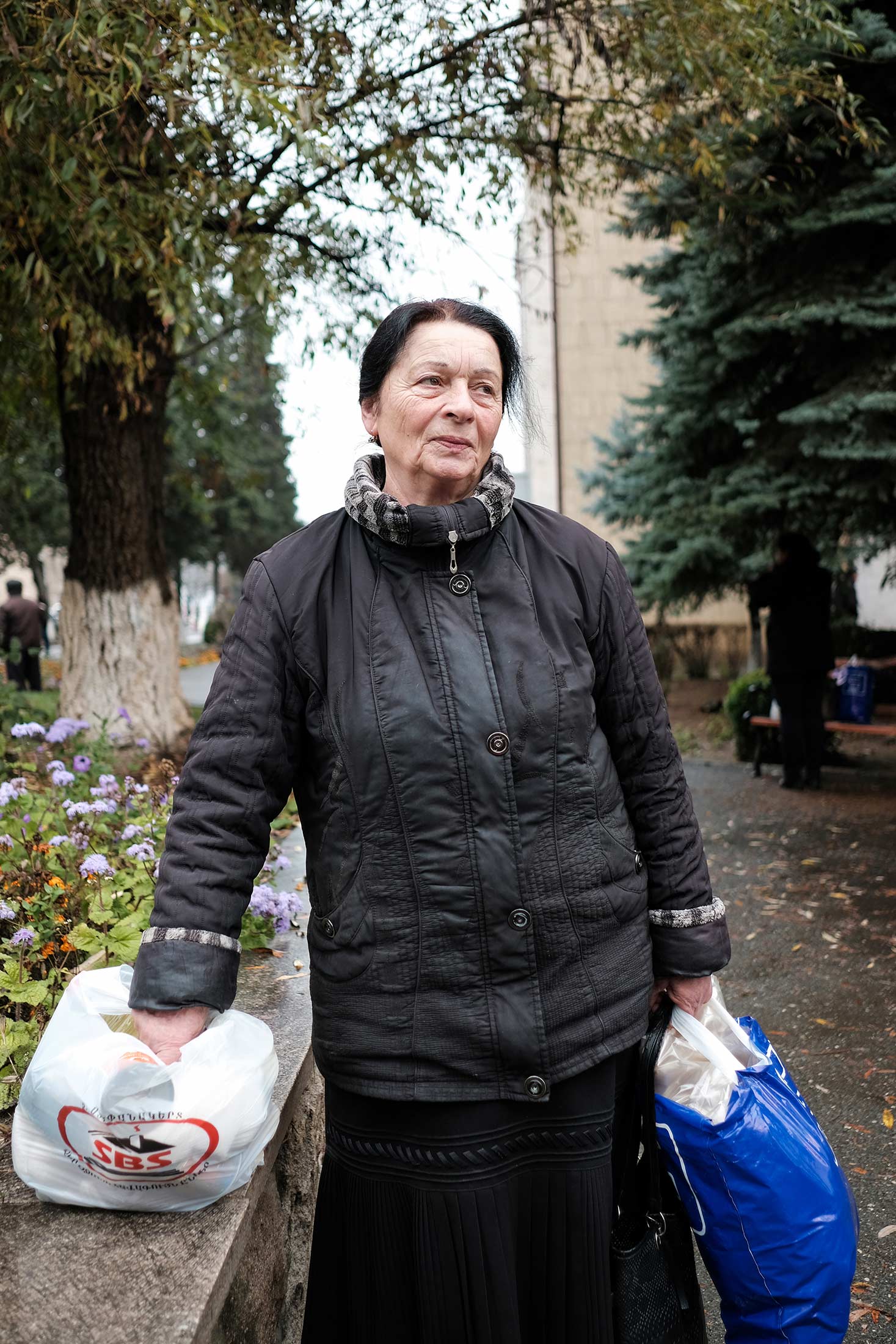

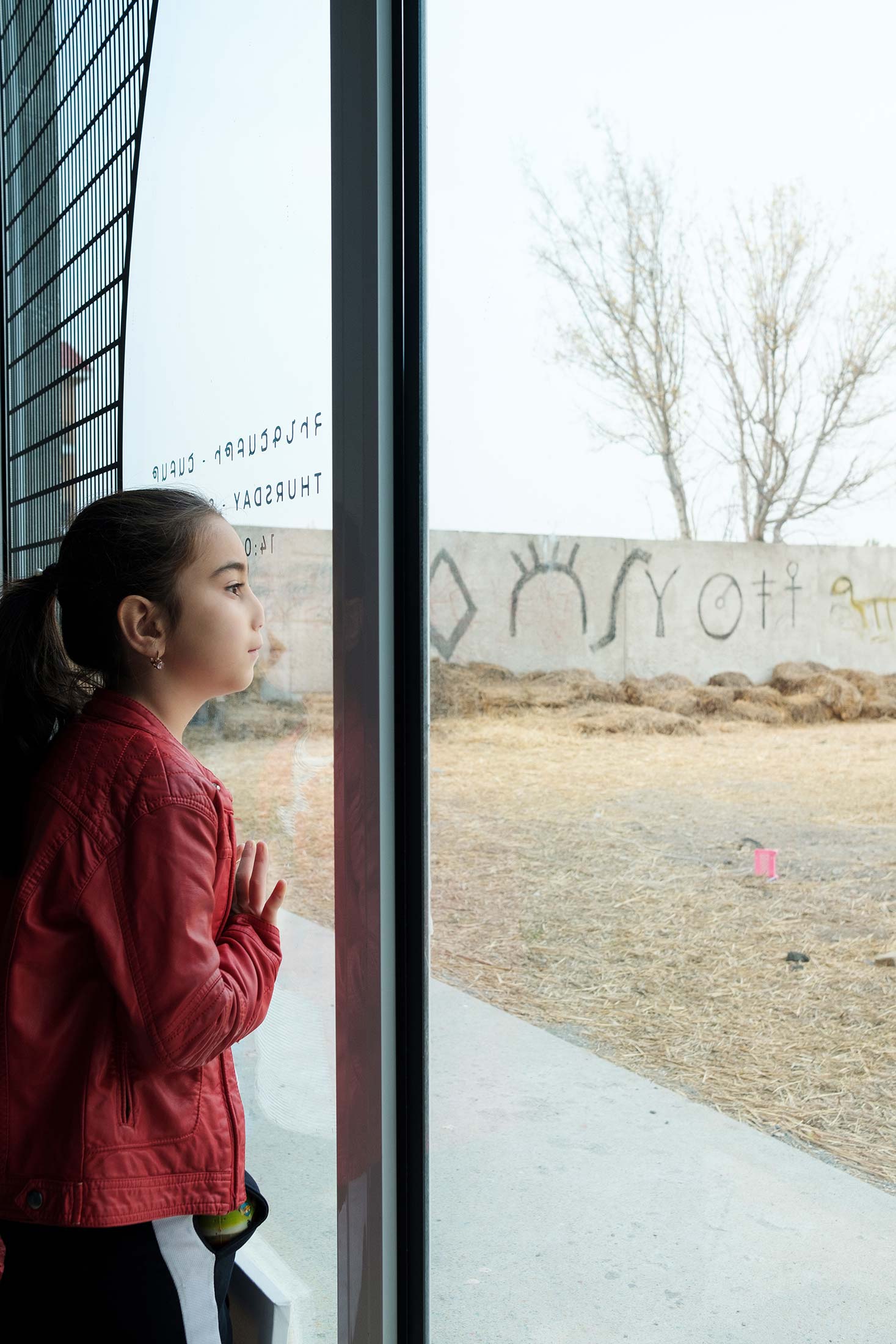
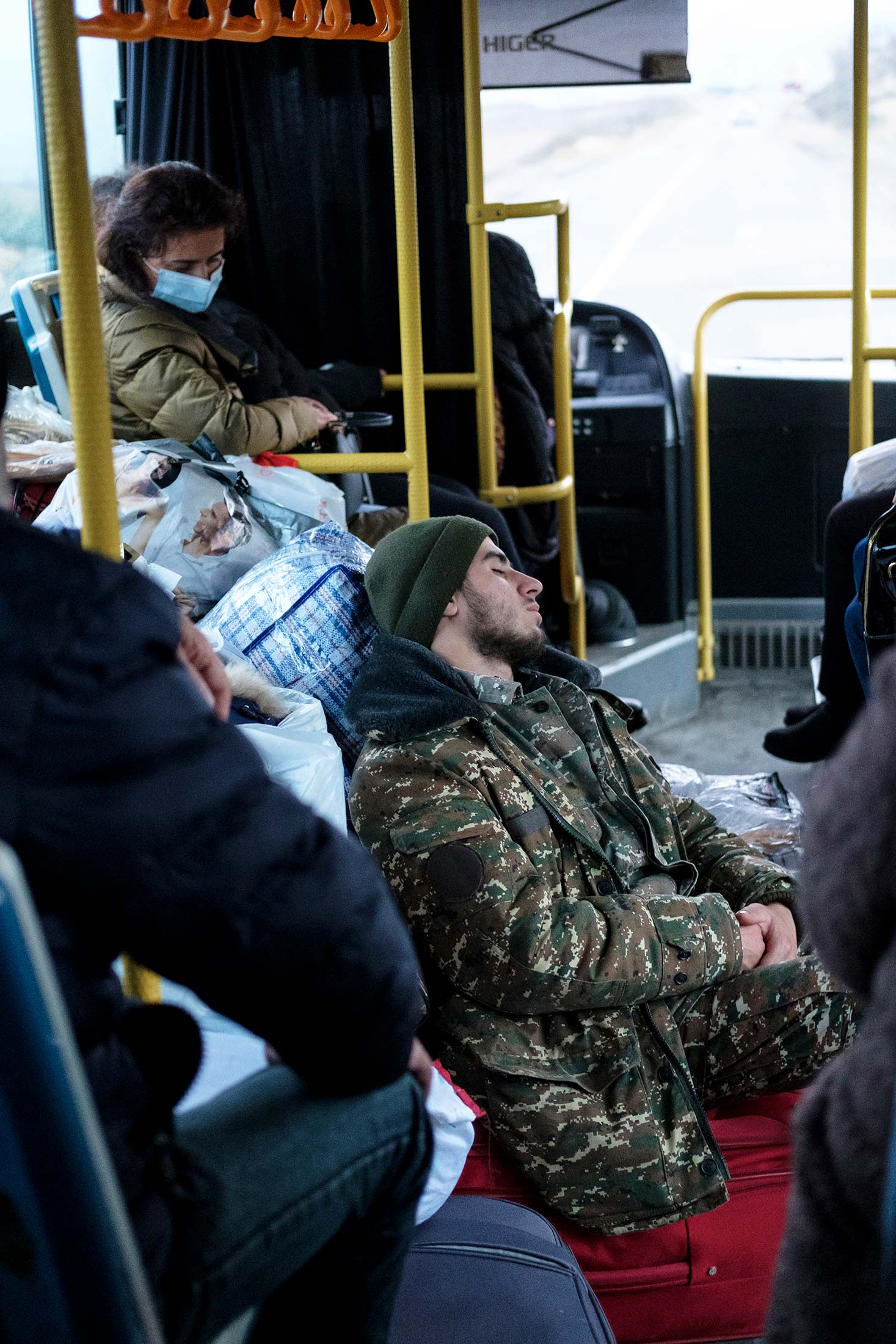
Disclaimer: Chai Khana is sympathetic to the views and feelings of the communities on both sides of the conflict. We understand that some of the material in this edition may offend readers. Our hope is that by giving journalists a platform to write honestly about their experiences during these difficult times, we will help foster dialogue.
DONATE NOW


